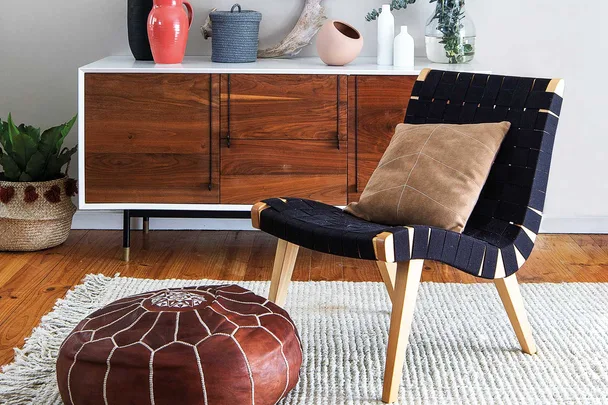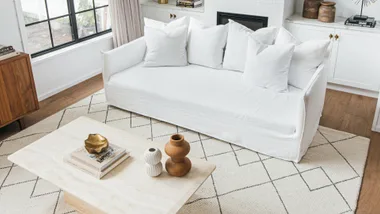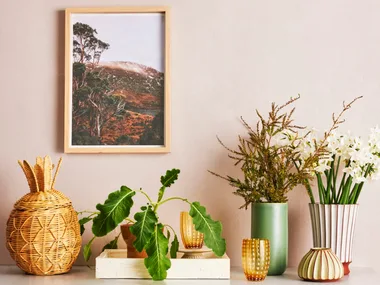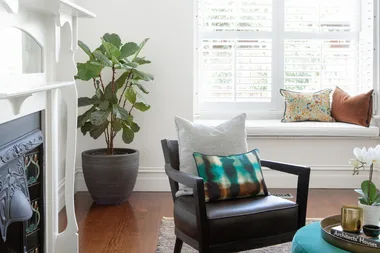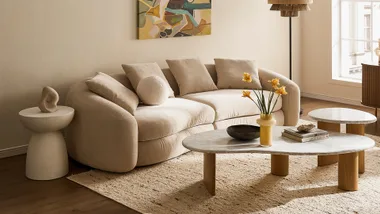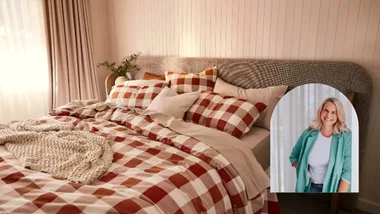There are many ways to introduce colour and character to your home, but none is quite as adept at defining your own personal style – or as comfortable! – as the quintessential occasional chair.
From size and shape to form and finish, a well-designed chair is often the last forgotten piece in the puzzle of interior design. Read on to find tips and advice from the experts on how to literally find the best seat in the house.

“Don’t be afraid to express your own style. Be adventurous with colour and pattern”
Christine Found, Sofa & Soul
Size matters
There are three fundamental measurements to be considered for your new chair: the depth, the height, and the area of floor it will occupy. A good starting point is to complement the size of other surrounding furniture. “Once you have worked out where your chair is going, measure the space and consider how much length, depth and height you have to play with,” says Christine Found of Melbourne-based Sofa & Soul. Check each of these carefully to ensure the proportions of the chair match the space it will sit in. An overly tall piece may be obtrusive, interrupting the line of sight across your room. Depth is often a question of comfort, but in a small room an overly large piece could make too much of a statement and dominate your scheme.

Shaping up
The shape of a chair comes down to more than just looks. “If your floor space is minimal, a curved-back chair with a shorter depth will fit into a corner well,” says Coco Republic senior interior designer Joy Simonsen. A soft, curved piece might stand out in a clean, modern space, but you should also spare a thought for its contour as you sit in it. Decide whether you want to sit back, sit up or curl up – this may depend on which room of the home it will live in.
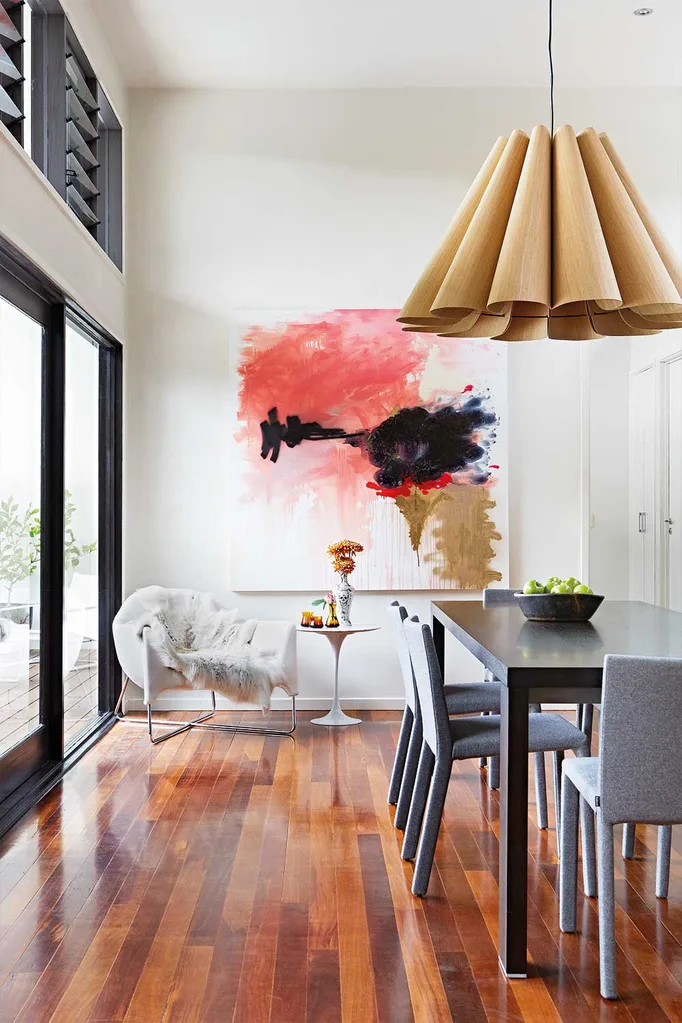
Assess existing space
The key to making a bold statement is contrast – be it in size, shape or colour – but there’s no need to check off all three at once. There are other ways to set your chair apart. “In the living room, think about the height and characteristics of your sofa. Then decide if you want to mix it up or go for the same style instead,” suggests Christine.
Related: Couch crush confessions The sofas our editors are obsessed with right now
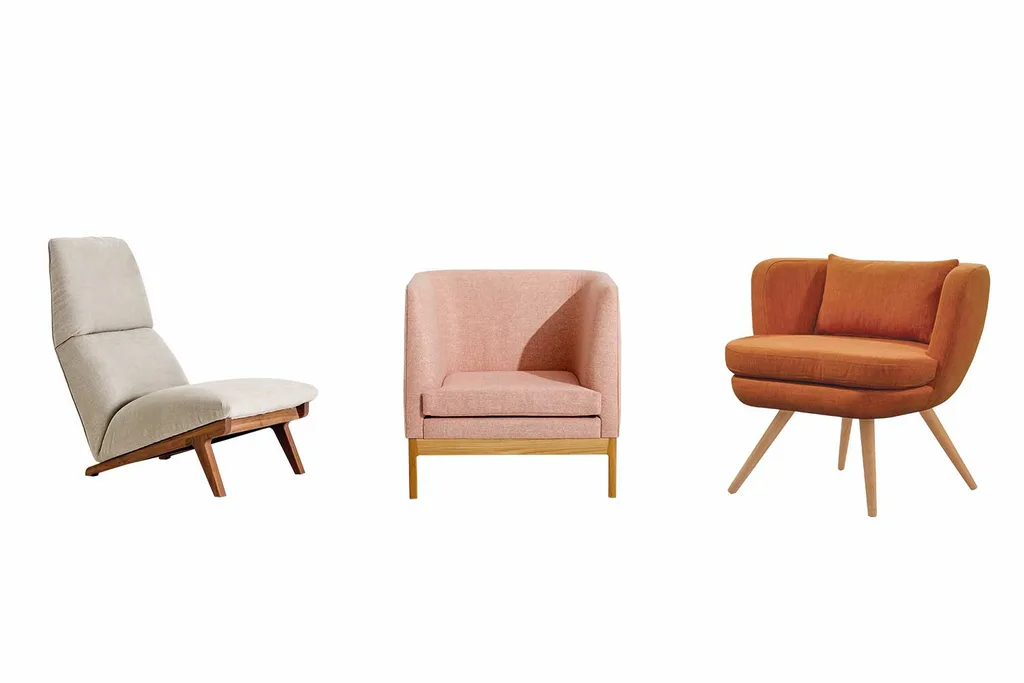
Location, location
Before you begin shopping, decide where in your home your new purchase is going to go, and be clear on how it will be used. “A chair for a parents’ retreat is best when it’s comfortable,” explains interior designer Joy Simonsen. “In the living room, you can be more adventurous as the chair can become a centrepiece in terms of fabric, style, size and colour.” Establishing your requirements will help refine your choices and make shopping easier.

Save or splurge?
It’s not essential to spend a fortune, but when it comes to furniture, the old saying, ‘you get what you pay for’ rings true. If you’re prepared to commit for years to come, expect to pay for a higher standard of design and materials. “Chairs make the perfect heirloom pieces so don’t be afraid to spend a little extra,” says Christine Found. Opt for a classic shape and bear in mind that a high-calibre piece can always be re-covered down the track to suit your changing decor, at a much lower cost than replacing it.
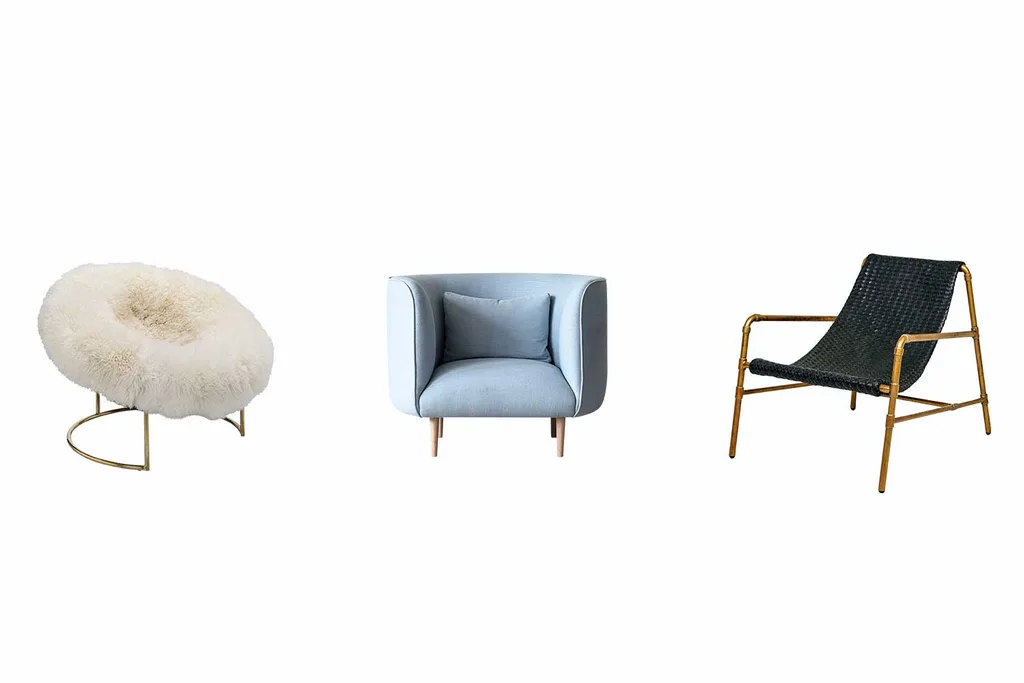
Colour & texture
Choosing a bold and bright colour for your piece can be a risky move – it’s hard to know you won’t grow tired of it in a year’s time. The key is to ensure you’re buying a chair you love. “It’s a great way to express your personality,” says Christine. Don’t feel as though the hue needs to be the statement though, especially if you’ve gone big with the size. “The finish of the arms or the texture of the chair may be all you need,” says Joy. “Select rich timbers or contemporary, sleek metallics.”
“An exciting statement chair is one that has an unexpected mix of materials”
Joy Simonsen, Coco Republic

Longevity
If you plan to invest in a forever chair, be sure to check what the frame is made of. Timber is common and affordable, but it varies; certain woods, such as beech, teak and oak, are stronger than certain softwoods, such as pine, and will generally attract a higher price tag. A steel frame, however, will outlive almost any other option. “It’s how your chair’s materials interact with other components that will define the comfort outcome,” says global buying manager David Hardwick of King Living. “A high-quality foam, for example, is only as good as what’s supporting it.”
Material World
Fabric is a powerful player in the making of a statement chair. While the right material can help dictate the style of a room, it also impacts the price tag and longevity of the piece. Leather, for example, is a more expensive option but creates a timeless look. While you’re shopping, ask about your chosen fabric’s Martindale test results to see how many ‘rubs’ it can take before you’ll start to see signs of wear. “For a bedroom chair, 20,000 is enough, but opt for at least 90,000 for the living room,” advises Emma Overton of 1000 Chairs.

You might also like:
Perfect fit: Choosing the best sofa for your space
Shannon Fricke’s decorating masterclass
